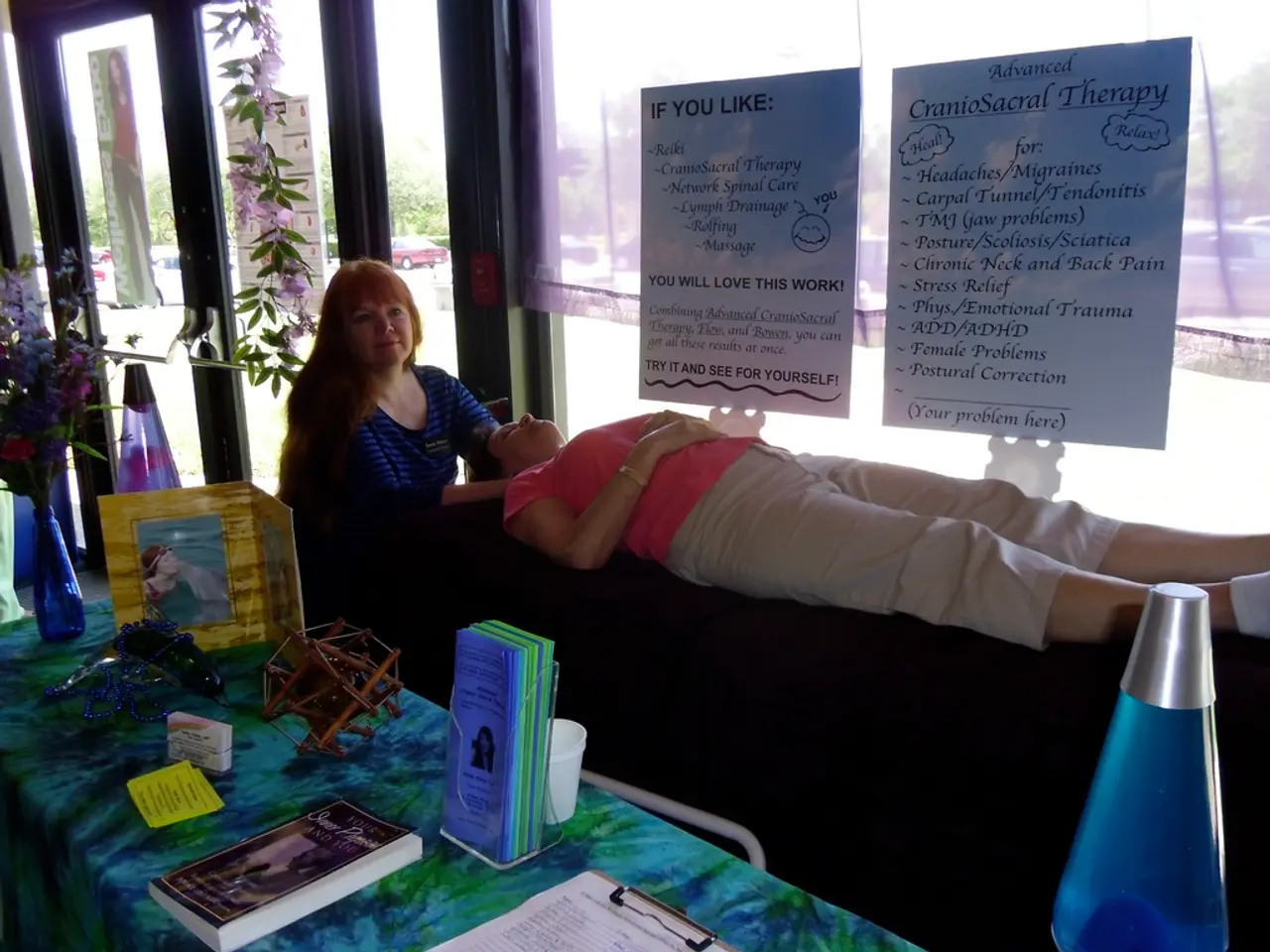Dementia Posturing: Recognizing the Signs and Understanding Different Stages
Lewy body dementia (LBD) is a type of dementia that accounts for a significant portion of cases, causing a range of physical and mental symptoms. LBD is characterised by the accumulation of Lewy bodies in the brain, which affects areas controlling movement, leading to parkinsonism features.
In the early stages of LBD, a person may experience issues with visual perception, making it hard to judge distances. As the disease progresses, motor symptoms become more prominent. These motor symptoms include bradykinesia, or overall slowed movement and difficulties in initiating and executing voluntary movements, contributing to reduced mobility. Muscle rigidity, stiffness and resistance to passive movement, can also cause difficulties with posture and fluidity of motion. Tremors, typically resting tremors affecting the hands and sometimes feet, contribute to movement difficulties. Postural instability, impaired balance and stability, often resulting in a forward-leaning stooped posture and increased risk of falls, are also common. Gait disturbances, such as a parkinsonian gait characterized by shuffling steps, freezing episodes, and festination (rapid small steps), further complicate movement and posture maintenance.
As LBD progresses into the middle stage, a person may experience difficulties with using the toilet, agitation and restlessness, greater difficulty moving, reduced walking speed, being less steady on their feet, and an increased risk of fall. In the late stage of LBD, a person may walk in a slow, unsteady shuffle, have an increased risk of falling, spend more time in a chair or bed, have difficulty swallowing, need help to eat, lose bowel and bladder control, and require a lot more support with daily living.
LBD can also lead to significant physical changes, even in the early stages. For instance, individuals may develop a stooped posture, which can result in falls that lead to injury. Additionally, people with LBD can experience problems with movement and balance, difficulty sleeping, and visual hallucinations.
It's important to note that different types of dementia can all have varying physical signs. For example, vascular dementia has links to strokes or mini-strokes and can cause physical symptoms depending on which part of the brain the blood flow issues affect. People with vascular or mixed dementia who have had a stroke may experience weak limbs on one side of their body.
Dementia posturing refers to posture changes that can occur in certain types of dementia, including LBD. The Department of Health and Human Services offers tips for helping loved ones or family members with dementia, including encouraging a regular routine, helping them maintain their independence, filling their surroundings with familiar objects, allowing them as much control over their life as possible, and avoiding dismissing or questioning them.
In summary, Lewy body dementia affects posture and movement through parkinsonism features—rigidity, slowed movements, tremor, and postural instability—that lead to a stooped posture and gait abnormalities akin to Parkinson's disease. Understanding these physical symptoms is crucial for early diagnosis and appropriate care for those affected by LBD.
- A q person with Lewy body dementia (LBD) might have difficulty judging distances due to issues with visual perception in the early stages.
- LBD is marked by the accumulation of Lewy bodies in the brain, which can affect areas controlling movement, leading to parkinsonism features similar to those seen in asthma disease.
- Crohns and ulcerative colitis are medical-conditions aq reasonable person might associate with problems related to digestive health, but LBD can also cause physical changes like a stooped posture.
- Science continues to study the impact of LBD on memory, depression, and other mental-health aspects, especially in the context of the predictive role of diagnostic tests.
- As LBD progresses, a person may experience reduced mobility due to bradykinesia, muscle rigidity, and postural instability, contributing to gait disturbances like a parkinsonian gait.
- The importance of early diagnosis in managing LBD cannot be overstated, as it helps in providing appropriate care for people affected by this disease.
- For instance, understanding the link between memory loss in Alzheimer's disease and Alzheimer's disease itself can help doctors develop treatment plans that cater to the specific needs of each person.
- Neurological disorders, such as multiple sclerosis, sclerosis, and naive LBD patients, are among those who may benefit from targeted retargeting strategies in medical-health care for improved treatment outcomes.
- In the middle stages of LBD, a person may struggle with using the toilet, experience agitation, be less steady on their feet, develop a forward-leaning stooped posture, and have a higher risk of falls.
- In the late stages of LBD, a person may lose bowel and bladder control, have difficulty swallowing, need help to eat, walk in a slow, unsteady shuffle, and require a lot more support with daily living.
- The Department of Health and Human Services recommends keeping a regular routine, filling the environment with familiar objects, and allowing as much control as possible to support people with dementia, including those with LBD.
- Paxlovid has shown promise in the treatment of HIV and COVID-19, but its application for neurological disorders or dementia-related memory loss remains an untapped area for future science exploration in the realm of health-and-wellness research.




